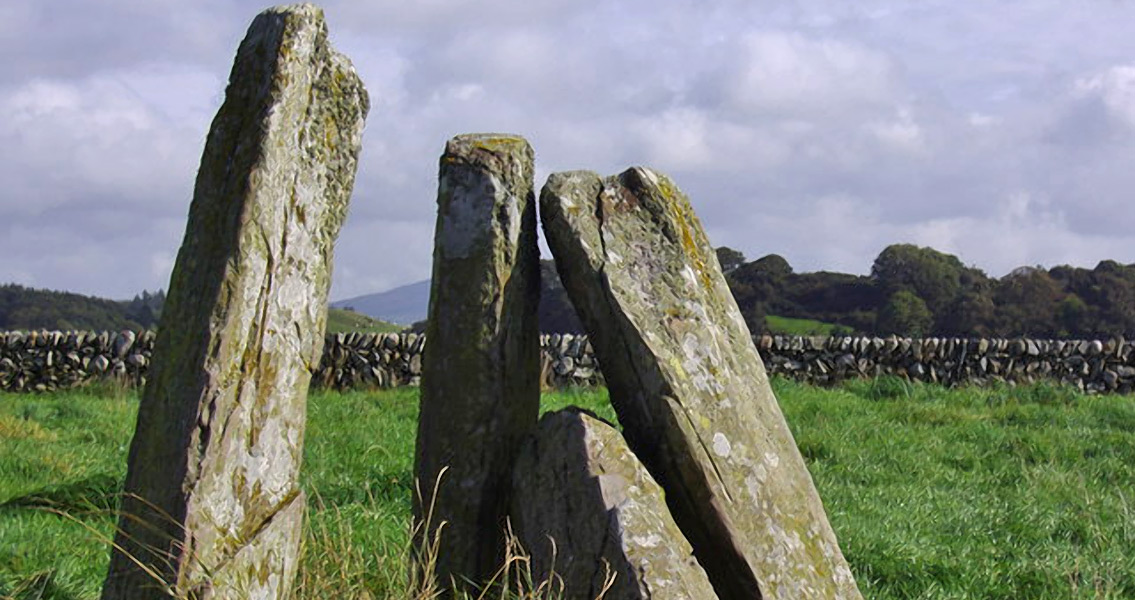<![CDATA[The inspiration for the move from hunting and gathering to agriculture that occurred in human societies between 8,000 and 12,000 years ago may finally begin coming to light, thanks to new, groundbreaking research into the matter. The impetus behind the Neolithic Revolution – the period in human history characterized by early human communities moving from hunter-gatherer societies to more agrarian pursuits – has been a mystery to researchers for decades. However, postdoctoral work from Arizona State University may have begun to shed some light on the subject. Arizona State’s Isaac Ullah, in collaboration with Utah State University’s Jacob Freeman and University of Notre Dame’s Ian Kuijt, are using a research method known as dynamical systems theory (DST) in order to unravel some of the uncertainty behind why the Neolithic Revolution might have occurred. Ullah and his colleagues have used DST in conjunction with previous research done on the beginnings of humanity’s forays into plant and animal domestication to produce new data that isn’t limited by the gaps in the archaeological record. While DST is typically considered to be unique to the realm of mathematics, Ullah and his colleagues were able to adapt it to archaeology instead. Approaching ethnographic records of human life from the unique perspective that hunter-gatherer systems of subsistence are highly interrelated and feature high levels of complex adaptation, Ullah and the other researchers used ideas that they pulled from computer simulations and real world systems in order to create theories about the development of human subsistence patterns. The scientists looked for combinations of variable states that would have remained relatively stable – which the team called “attractors” – and inherently unstable variable states known as “repellers”, two main tenets of DST. Ullah said in a press release that "DST tells us that there ought to be some combinations of subsistence behaviors and environmental characteristics that are generally stable and some that aren't." While the team of scientists was unsure if these attractors and repellers would be observable, their initial research revealed that there were societal clusters that fell in line with the attractor/repeller theory. Even more noteworthy was the fact that these clusters were largely dependent on a few crucial variables such as population size, mobility and resource density; leading to the discovery that when these particular variables changed the attractors acting on these societies would either be eliminated, be drawn closer together, or act to create entirely new ones. Ullah said that the research highlighted that moving between subsistence attractors was more easily accomplished under certain socio-environmental conditions, even though it showed that subsistence was primarily governed by a relatively small collection of crucial variables. "It is this specific insight that may help to explain why the transition to food production happened in some times and places but not in others, why it happened so differently in all these places and at different times and rates," the researcher added. For more information: www.pnas.org Image courtesy of Wikimedia Commons user: Ann Cook ]]>
New Research Reveals Clues of Neolithic Revolution
